As I stepped off the train in Guiyang, the capital of Guizhou, a cool mist kissed my face—a gentle reminder of why this province is famously dubbed “China’s land of eternal clouds.” With over 200 rainy days a year and scarce sunlight, Guizhou’s enigmatic beauty had lured me in for a 7-day solo trek. Armed with a backpack, sturdy boots, and a heart full of curiosity, I embarked on a journey through terraced fields, primordial forests, and ethnic villages, uncovering secrets whispered by the mist. This diary captures the highs, lows, and soul-stirring moments of hiking in a realm where nature reigns supreme.
Day 1: Guiyang – The Gateway to Shadows
Arriving at Guiyang North Station, the city greeted me with drizzle and a temperature of 15°C—perfect for escaping summer heat. After checking into a cozy hostel near Qianling Park (¥150/night), I wandered through the bustling Qingyan Ancient Town. Its Ming-era architecture, with moss-covered stone walls and wooden beams, felt like stepping into a watercolor painting. Dinner was a feast of local delights: sour fish soup (¥40) and sticky rice cakes, fueling me for the days ahead. The highlight? Watching locals practice tai chi in the misty dawn, their movements a silent dance with the fog. Total cost for Day 1: ¥250, including transport from the station.
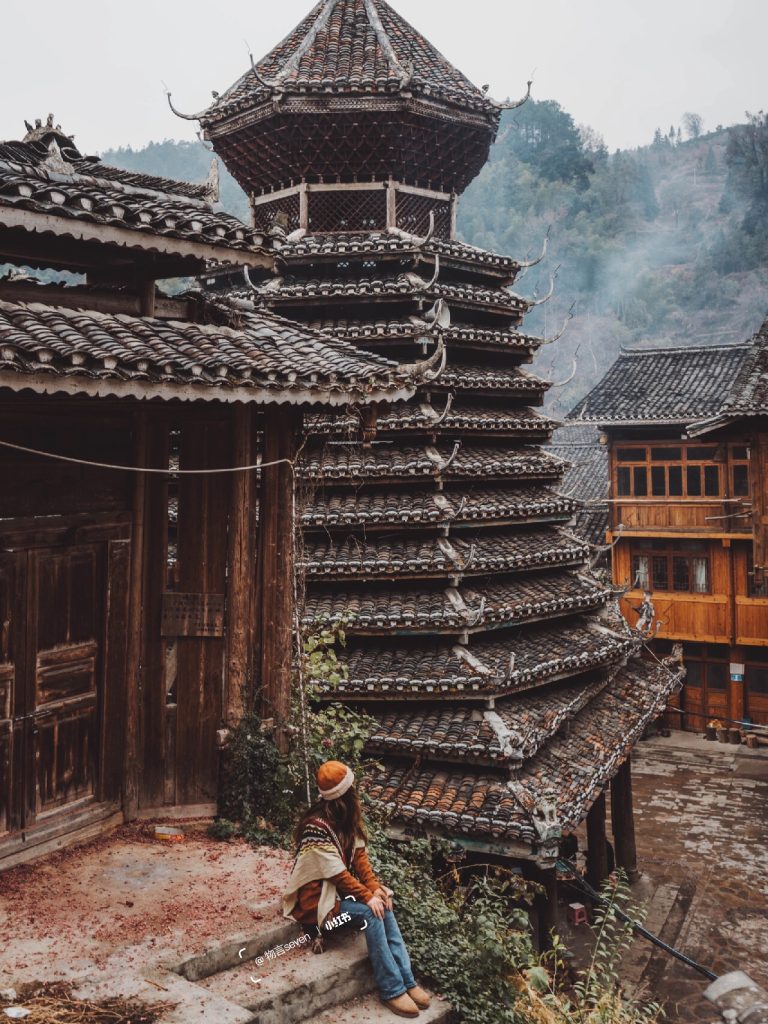
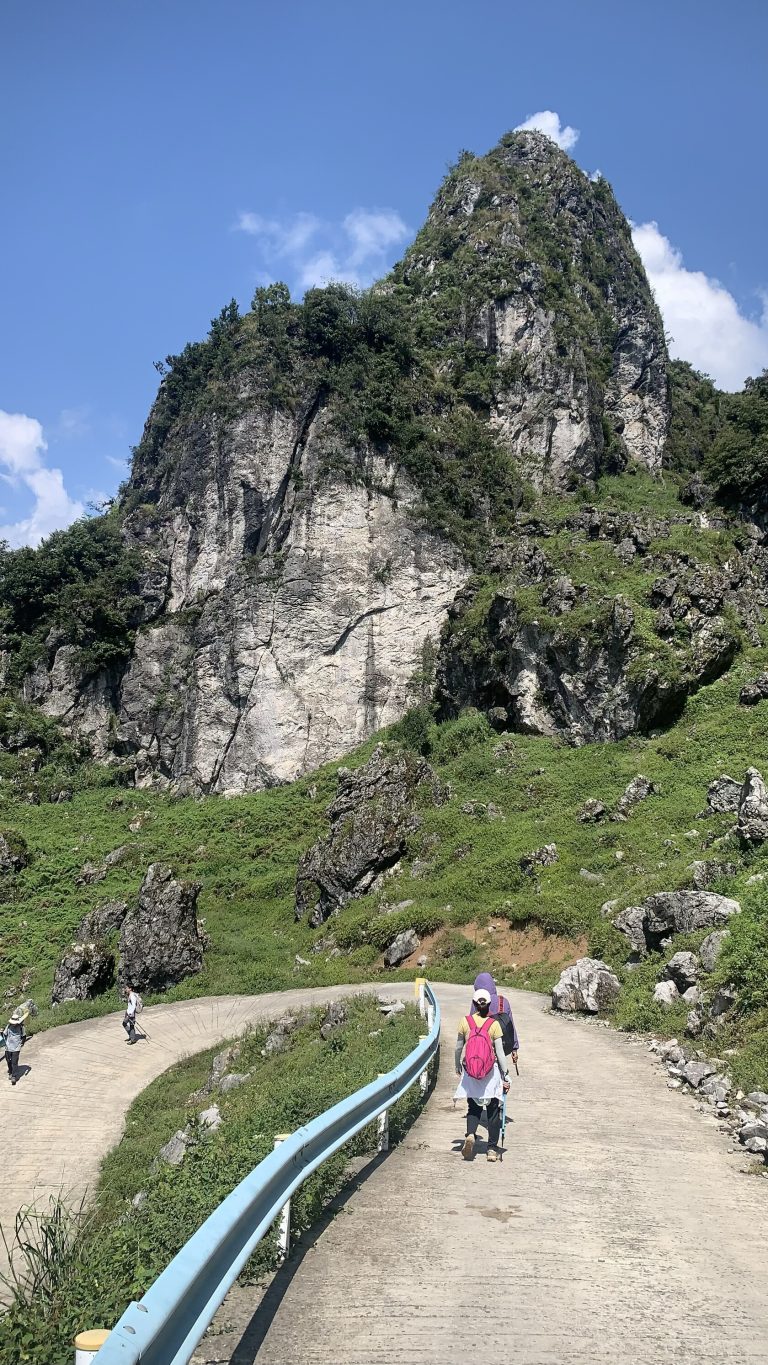
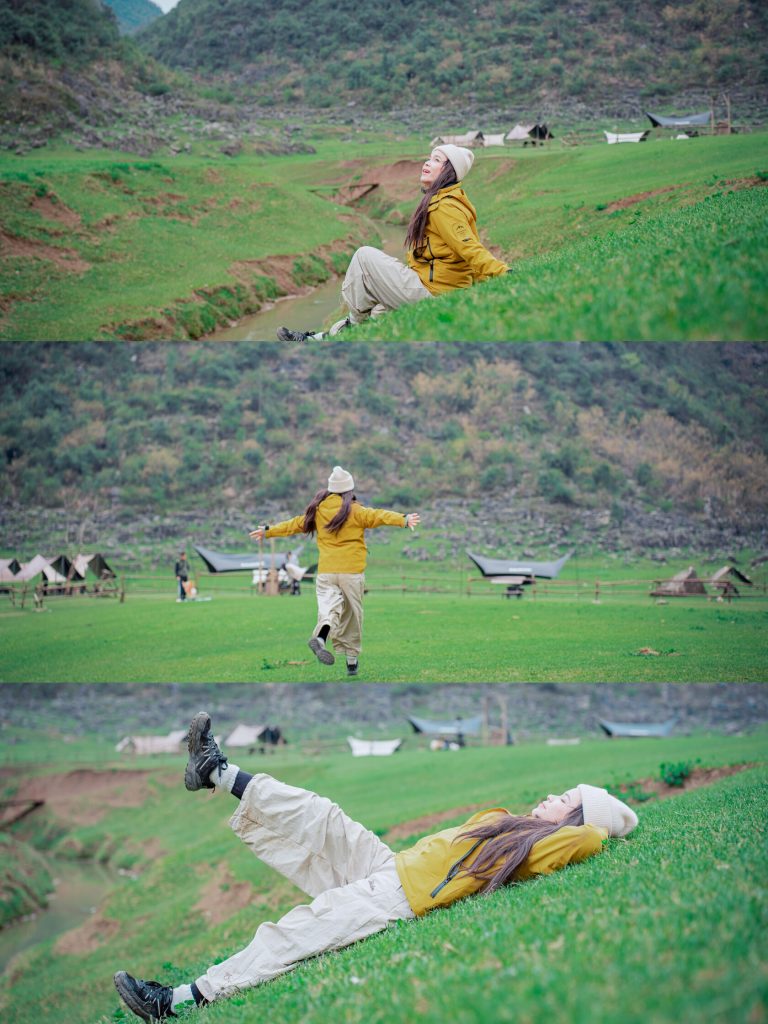
Day 2: Zhaoxing Dong Village – Echoes of Ancient Drums
A 2-hour bus ride from Guiyang (¥80) brought me to Congjiang County, gateway to Zhaoxing Dong Village. This UNESCO-listed gem, hailed by National Geographic as a “village on the edge of time,” stole my breath with its five iconic drum towers—each representing a clan’s unity. I stayed at Lituan Lou Inn (¥200/night), right by the Ritual Drum Tower, where mornings began with the sound of villagers singing folk songs. Hiking to the viewpoint, I witnessed the entire village shrouded in fog, its wooden stilt houses emerging like ghosts from the mist. A pitfall? The cobblestone paths were treacherously slippery after rain—thank heavens for my fashion sneakers trusty hiking boots! Evening featured a Dong ethnic feast: bamboo-tube rice and fermented fish (¥60), shared with locals who taught me simple phrases in their melodic language. Emotional high: Feeling like a “spiritual villager” in this living museum.
- Must-see spots: Ritual Drum Tower for photos, Ren Drum Tower for cultural performances.
- Cost-saving tip: Skip the ¥95 ticket by arriving early; locals often wave you in with a smile.
- Hidden gem: Free tie-dye workshops where I crafted a souvenir scarf (materials ¥20).
Day 3: Tang’an Terraces – Stairways to Heaven
From Zhaoxing, a 20-minute shuttle (¥20 round-trip) whisked me to Tang’an Terraces. Free to enter, these rice paddies cascaded down hillsides like emerald staircases, rivaling Yunnan’s Yuanyang. The 7km hike from Tang’an to Xia’ge to Zhaoxing was pure magic—mist curling around peaks, farmers tending fields with water buffaloes. I packed a simple lunch (¥30: bread, fruit, water), but regretted not bringing more snacks; no vendors en route! The trail, though well-marked, had steep sections where my calves screamed for mercy. Reward? Panoramic views that left me teary-eyed. Back in Zhaoxing, I joined a nightly bonfire, dancing to Lusheng pipes under a starless sky. Total hike time: 4 hours. Cost: Minimal, mostly for food.
In Guizhou’s terraces, every step feels like walking on clouds, with the earth’s heartbeat beneath your feet.
Day 4: Anshun Ice Mortar Landscape – Journey to the Earth’s Core
A train to Anshun (¥50, 1.5 hours) led to the Guanling Ice Mortars, formed 3 million years ago by glacial activity. Entry was free, but hiring a local guide (¥150) proved essential for navigating the slippery river paths. The ice mortars—ranging from teacup-sized to cavernous pits—felt like alien sculptures. I trekked 6km upstream, marveling at waterfalls and the largest mortar, dubbed the “portal to the underworld.” A near-miss: I almost slipped on wet rocks; non-slip shoes are non-negotiable here. Post-hike, I warmed up with spicy Anshun noodles (¥25). The day’s lesson? Nature’s artistry demands respect—and good gear.
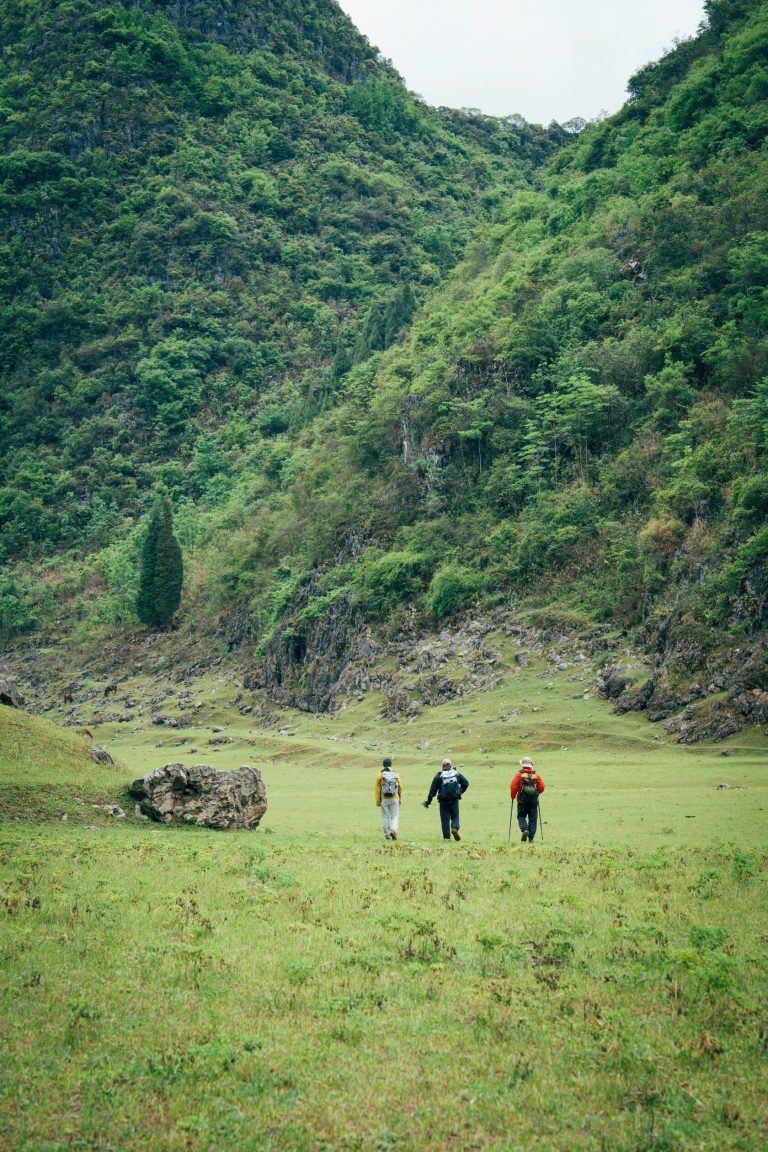
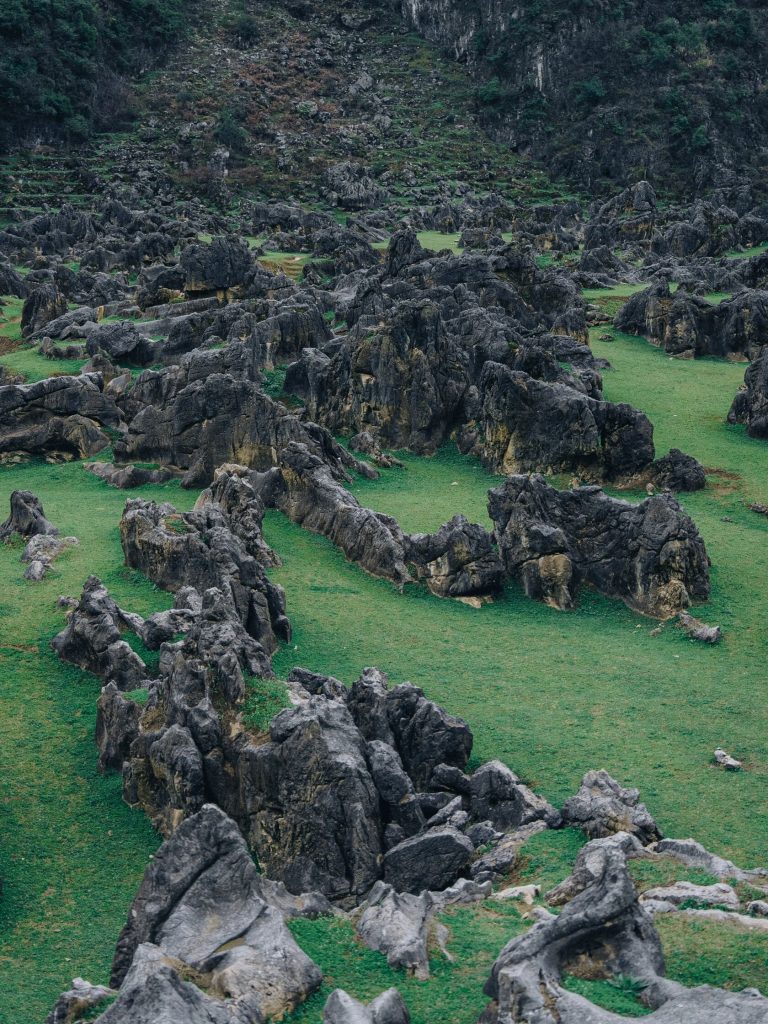
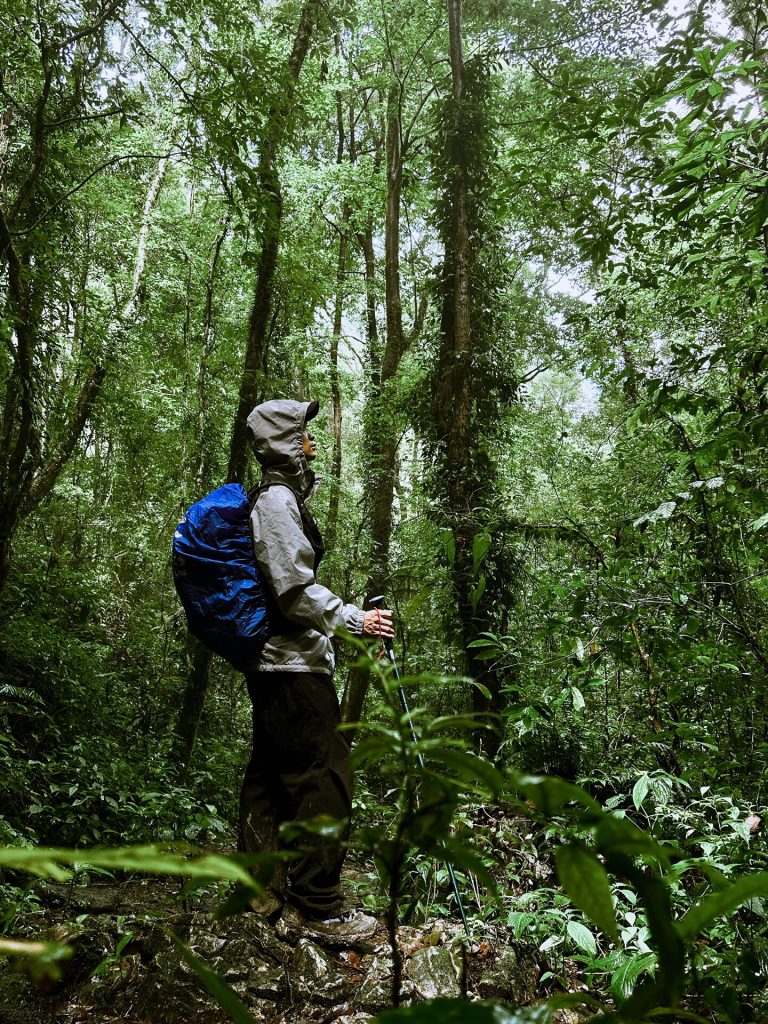
Day 5: Wanfeng Summit – Touching the Sky
From Anshun, a 30-minute drive to Wanfeng Summit (free entry) promised sunset views. The 40-minute climb was steep but rewarding, with villagers painting arrows on rocks to guide hikers. At the top, I gazed upon a sea of karst peaks, their shadows lengthening as the sun dipped below the horizon—pure Lord of the Rings grandeur. Sadly, litter marred the beauty; I packed out trash in solidarity. Dinner in a nearby Miao village featured sour soup fish hotpot (¥50 for two—unbelievably cheap!). Costs: Transport ¥100, food ¥70. Emotional low: Seeing nature disrespected; high: That golden-hour panorama.
| Location | Duration | Cost (¥) | Key Tips |
| Zhaoxing Village | 1 day | 280 | Wear grippy shoes; attend evening performances |
| Tang’an Terraces | Half-day hike | 50 | Pack snacks; start early to avoid crowds |
| Guanling Ice Mortars | 4 hours | 175 | Hire a guide; avoid rainy days |
| Wanfeng Summit | 2 hours | 170 | Sunset is best; carry water |
Day 6: Maolan Forest – Where Time Stands Still
A bus to Libo (¥60, 2 hours) and a short ride to Maolan National Reserve (¥50 entry) plunged me into a primeval world. This “China’s most beautiful forest” (per National Geographic) hosted ferns taller than me and rare birdsong. The 8-hour hike through Funnel Forest was grueling—mud, sudden downpours, and 600m elevation gain—but spotting a wild pheasant made it worthwhile. I stayed at Wuyanqiao guesthouse (¥180), where the owner shared tales of BBC filming here. Pitfall: Poor phone signal; download offline maps! Total cost: ¥290. The takeaway? In Maolan, every rustle feels like a conversation with dinosaurs.
Day 7: Homeward Bound – Shadows and Light
My final morning in Guiyang was spent at Qianling Park, feeding monkeys (free, but hold your snacks tight!). Reflecting over coffee (¥25), I tallied the trip: 7 days, ¥1500 total (accommodation ¥700, food ¥400, transport/entry ¥400). Guizhou’s “lack of sun” was its superpower—cool temperatures, lush greenery, and a haunting beauty that photos can’t capture. Key advice: Always carry rain gear and respect local cultures. As I boarded the train home, the mist seemed to whisper, “Come back, wanderer.” And I will—because in Guizhou’s shadows, I found my brightest joy.
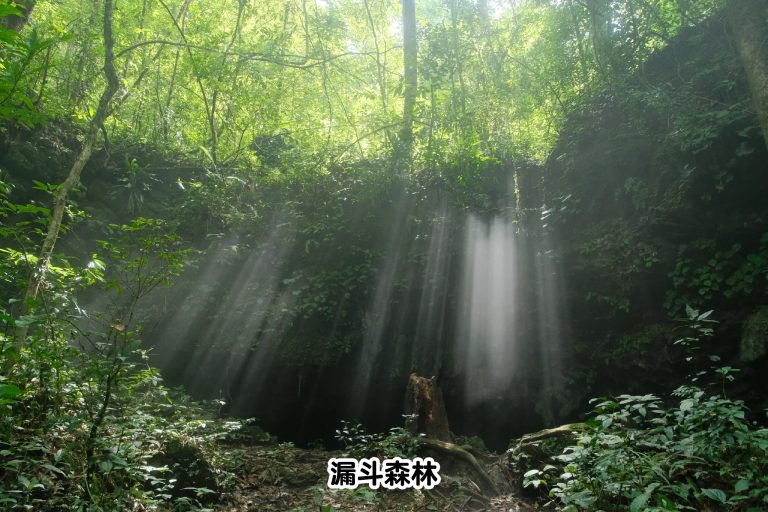
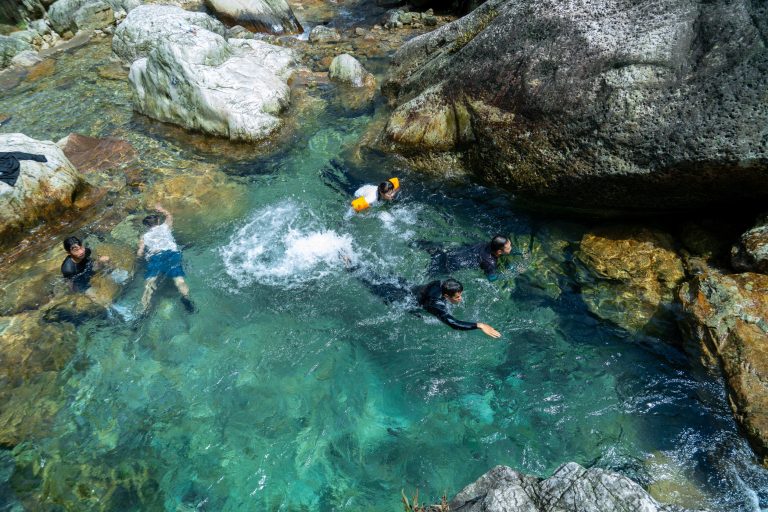
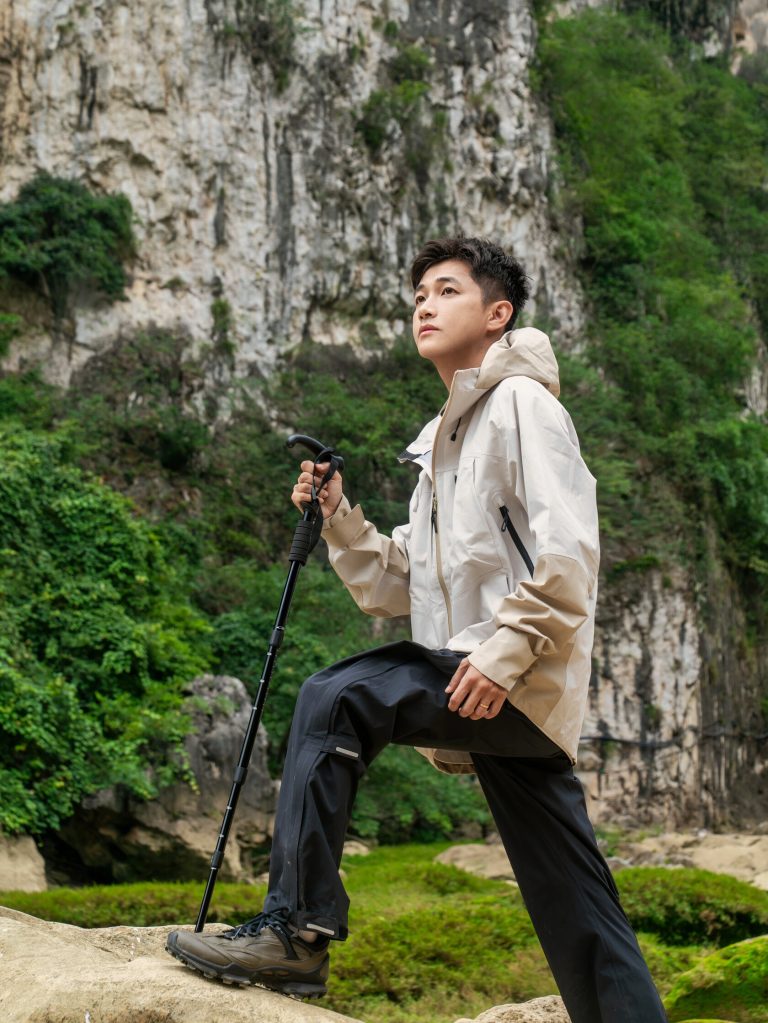
In Guizhou’s embrace, I learned that sunlight isn’t necessary for warmth—the hospitality of its people and the raw majesty of its landscapes kindled a fire in my soul. For fellow adventurers: Pack light, tread respectfully, and let the mist guide you. This province, often overlooked, is a treasure trove of untold stories. Until next time, Guizhou.

Your photos are STUNNING! How did you handle the constant rain? Did your electronics survive the humidity?
@MistyExplorer42 Thanks! I used silica gel packs in my camera bag and waterproof cases for phones. Pro tip: Bring multiple microfiber cloths!
Planning a similar trip! Was ¥1500 really enough for 7 days? Your accommodation costs seem unrealistically low.
@TrailBlazerGina Hostels & guesthouses are incredibly affordable here! Street food keeps costs down. Bring extra cash for unexpected guides though.
Just got back from Zhaoxing! That slippery cobblestone nearly ended me 😂 Did you find any reliable rain boots locally?
That Tang’an hike sounds magical! How were the crowds in May? Worried about overtourism ruining the serenity.
Your Dong village homestay tip saved our trip! The owner showed us secret waterfall trails. Forever grateful 💚